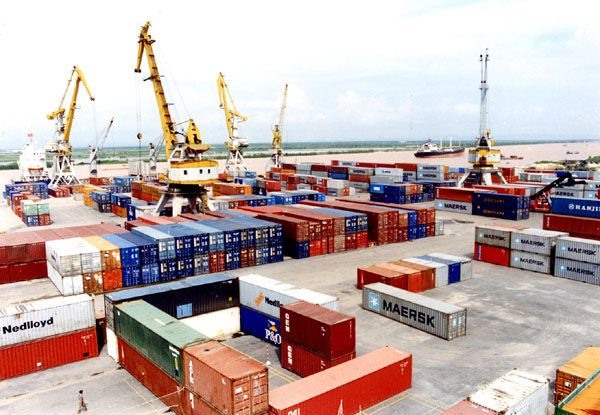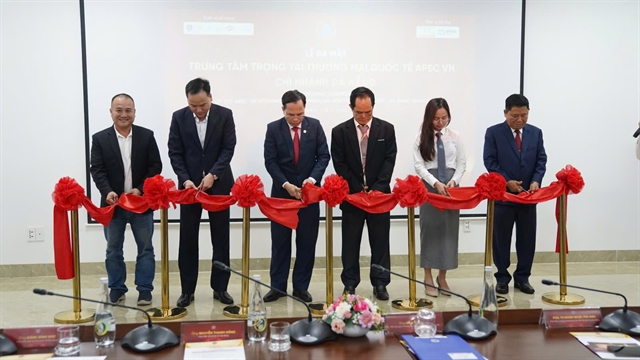 Economy
Economy

The Ministry of Industry and Trade (MoIT) plans to tighten control on goods whose imports are discouraged and facilitate local manufacturing to reduce the country’s trade deficit.
 |
| Việt Nam exported about US$79.3 billion worth of commodities in the first five months of 2017, an increase of 17.4 per cent from the same period last year. — Photo baomoi.vn |
HÀ NỘI — The Ministry of Industry and Trade (MoIT) plans to tighten control on goods whose imports are discouraged and facilitate local manufacturing to reduce the country’s trade deficit.
Statistics from the ministry showed that Việt Nam exported about US$79.3 billion worth of commodities in the first five months of 2017, an increase of 17.4 per cent from the same period last year.
According to the MoIT’s Import-export Department, the US remained the country’s largest buyer, followed by the European Union, China, ASEAN, Japan and South Korea.
The department said the country’s import-export activities showed encouraging signs, as it has maintained the growth rate in its export turnover. The trade deficit was reduced from $2.74 billion in the first four months of the year to $2.7 billion in the five-month period. The reducing trade deficit has proved that the country’s efforts to ensure trade balance was proving to be effective.
It added that Việt Nam’s export turnover has not only seen high growth in its traditional markets but the turnover has also been stable in countries with which it has common borders.
Lê Biên Cương, deputy director of the ministry’s Mountainous and Frontier Trade Department, said that in the first five months of the year, trade activities between Việt Nam and countries with which it has common borders, especially China, has seen high growth rate.
However, there were rising concerns that continuous trade deficit for months might harm the economy. In addition to export growth, local firms’ imports of materials for production were also increased.
Thái Văn Thi, director of Phú Tài Concrete Company, said they have been continuously importing materials for concrete production and investing in machines due to a large number of orders.
Thi said the company’s imports of machines and materials for production in the first five months of the year rose by 50 per cent from the same period last year.
Many economists believed the trade deficit was still within an acceptable level, and it is normal for a developing economy such as Việt Nam, which is integrating more deeply into the global trade and joining free trade agreements. Furthermore, domestic production has rebounded, motivating imports.
However, the ministry will use trade remedies against several imported goods to encourage consumption of made-in-Việt Nam products to limit imports. Especially, it will continue to diversify exported products and markets to avoid much dependence on certain markets. — VNS




